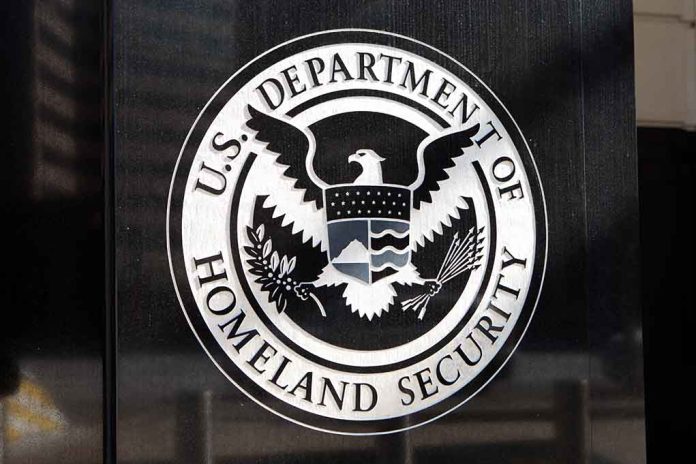
The Biden administration has quietly imposed strict new restrictions on congressional access to ICE facilities, effectively shielding illegal immigrant detention centers from unannounced oversight visits despite clear legal provisions allowing them.
Key Takeaways
- DHS now requires congressional members to provide at least 24 hours’ notice before visiting ICE detention facilities, despite federal law permitting unannounced inspections
- The new protocols mandate prior coordination and approval from DHS for lawmakers to visit ICE field offices
- This policy change follows several confrontational incidents where officials inspecting facilities faced resistance
- The restrictions appear to contradict the FY2024 Appropriations Act’s support for unscheduled congressional oversight
- House Republicans view this as another attempt by the Biden administration to hide the immigration crisis from public scrutiny
New Barriers to Congressional Oversight
The Department of Homeland Security has implemented controversial new protocols requiring members of Congress to provide advance notice before inspecting Immigration and Customs Enforcement (ICE) facilities. Under these new guidelines, lawmakers must give 24 hours’ notice before visiting detention centers, while congressional staff face even stricter requirements. The policy change represents a significant shift in oversight practices that many conservatives view as a deliberate attempt to obstruct transparency and accountability in the immigration system that has spiraled out of control under President Biden’s watch.
“The Department of Homeland Security has issued new guidance for lawmakers seeking to inspect Immigration and Customs Enforcement facilities after a series of headline-grabbing incidents in which officials have confronted federal agents and even been handcuffed,” said the Department of Homeland Security.
This policy shift appears to directly contradict established federal law that explicitly permits members of Congress to conduct unannounced visits to detention facilities. The timing is particularly questionable as it comes amid growing scrutiny of the Biden administration’s handling of the border crisis, with record numbers of illegal immigrants overwhelming detention facilities and resources. Critics argue these new restrictions serve primarily to shield the administration from embarrassing revelations about the true conditions inside these facilities.
Specific Restrictions Under the New Policy
The new DHS guidance imposes a tiered system of restrictions depending on the type of facility and visitor status. Congressional members must now provide three days’ notice before visiting ICE facilities, while their staff must give at least 24 hours’ advance notice. Even more concerning, visits to ICE field offices now require prior coordination and approval from DHS headquarters, effectively giving the administration veto power over certain oversight activities. The guidelines make a technical distinction that ICE field offices are not covered by the same congressional oversight protections as detention centers.
First, the Members of Congress were at the facility conducting an oversight inspection. They are permitted by law to do so (DHS Appropriations Act, 2020, Sec. 532)
Here is ICE guidance that acknowledges that Members can visit for oversight. Unannounced visits happen regularly.… pic.twitter.com/W9y3D6BgmX
— Andy Kim (@AndyKimNJ) May 10, 2025
The restrictions appear designed to prevent incidents like recent confrontations where lawmakers were denied access or even temporarily detained while attempting to exercise their oversight responsibilities. In multiple cases, congressional representatives arrived at facilities unannounced—as permitted by law—only to face resistance from facility staff acting under administration directives. These standoffs have highlighted the growing tension between congressional oversight authority and the administration’s apparent desire to control access to facilities housing illegal immigrants.
The Battle Over Immigration Transparency
This policy change comes amid President Trump’s efforts to address the fallout from the unprecedented border crisis left by the Biden administration. The implementation of these restrictions just months before Trump takes office raises serious questions about the outgoing administration’s motives and commitment to transparency. For years, Republican lawmakers have alleged that conditions in detention facilities were being deliberately hidden from public view to downplay the severity of the border crisis created by Biden’s policies.
The timing of these new restrictions has fueled speculation that they represent a last-ditch effort to obstruct the incoming administration’s ability to fully assess and address immigration challenges. Conservative critics point out that if conditions in these facilities were as humane and well-managed as the Biden administration has claimed, there would be no need to restrict lawmaker access. The implementation of these barriers to oversight suggests there may be aspects of current operations that officials would prefer remain hidden from congressional scrutiny and, by extension, the American public.









